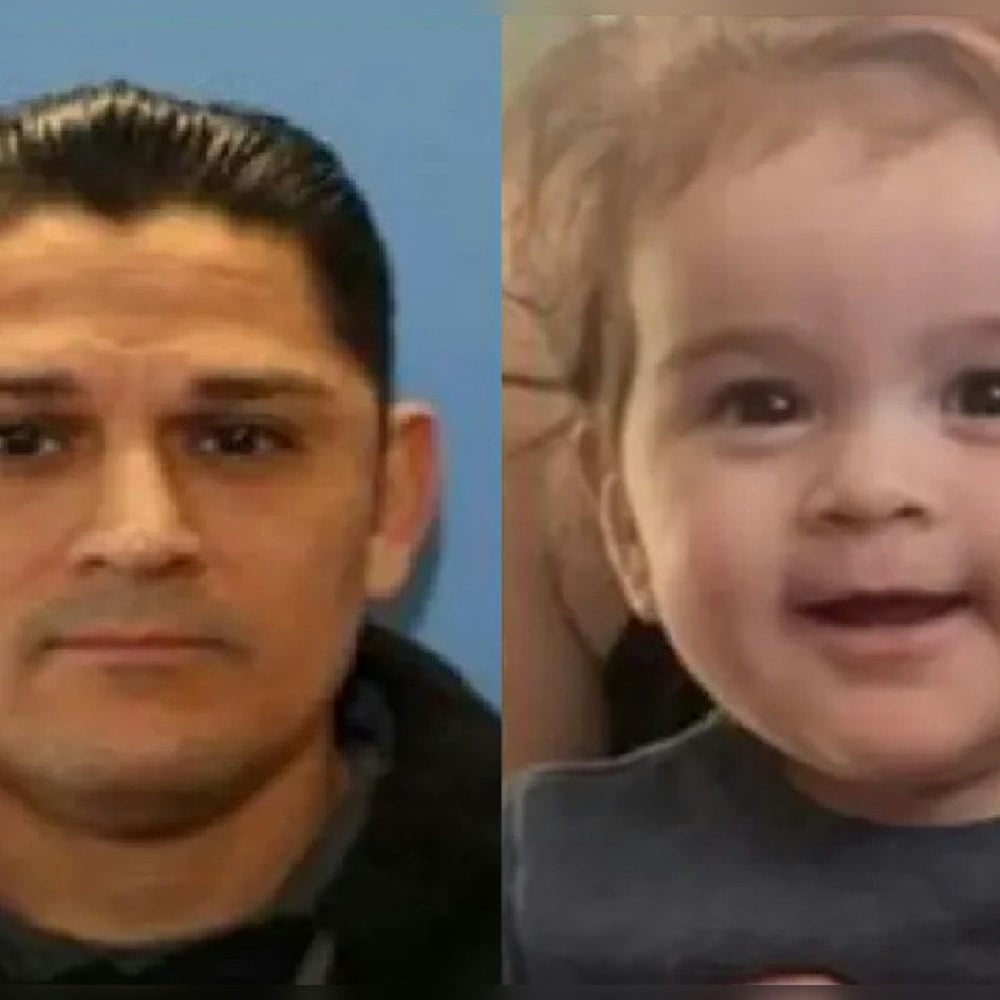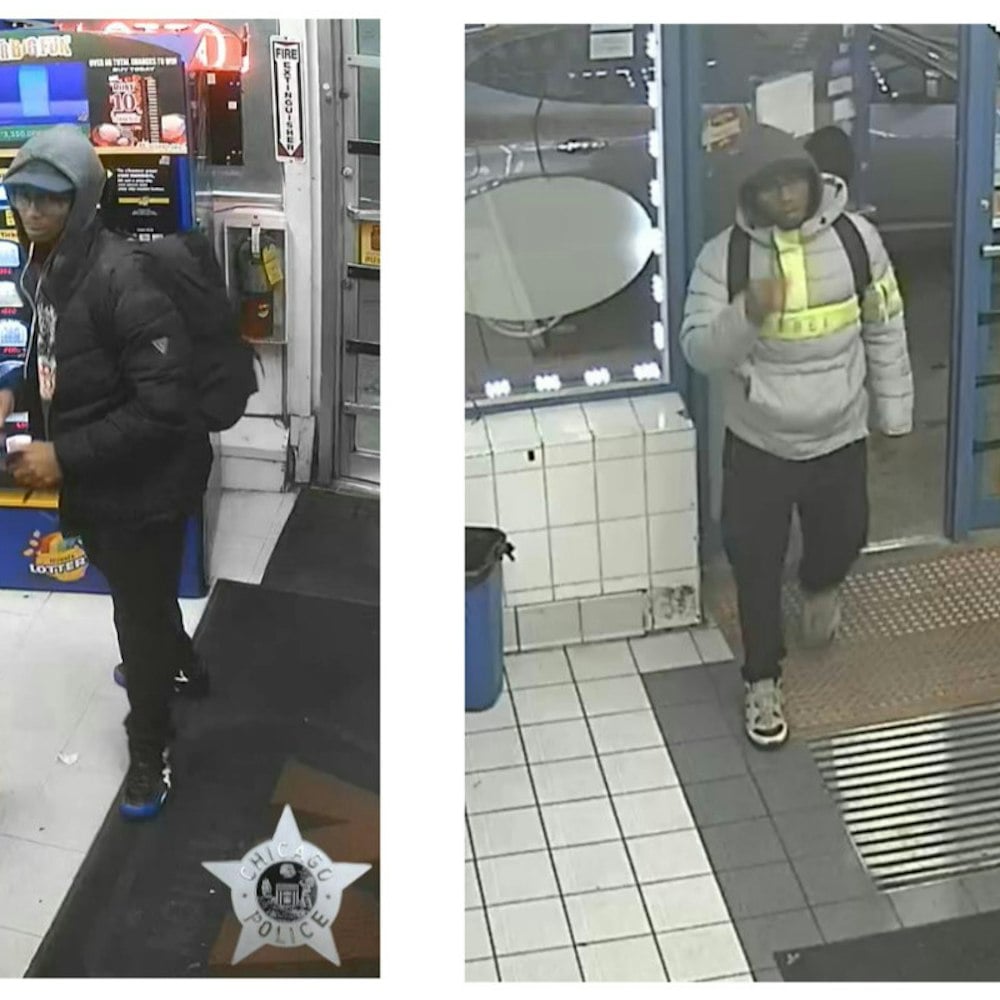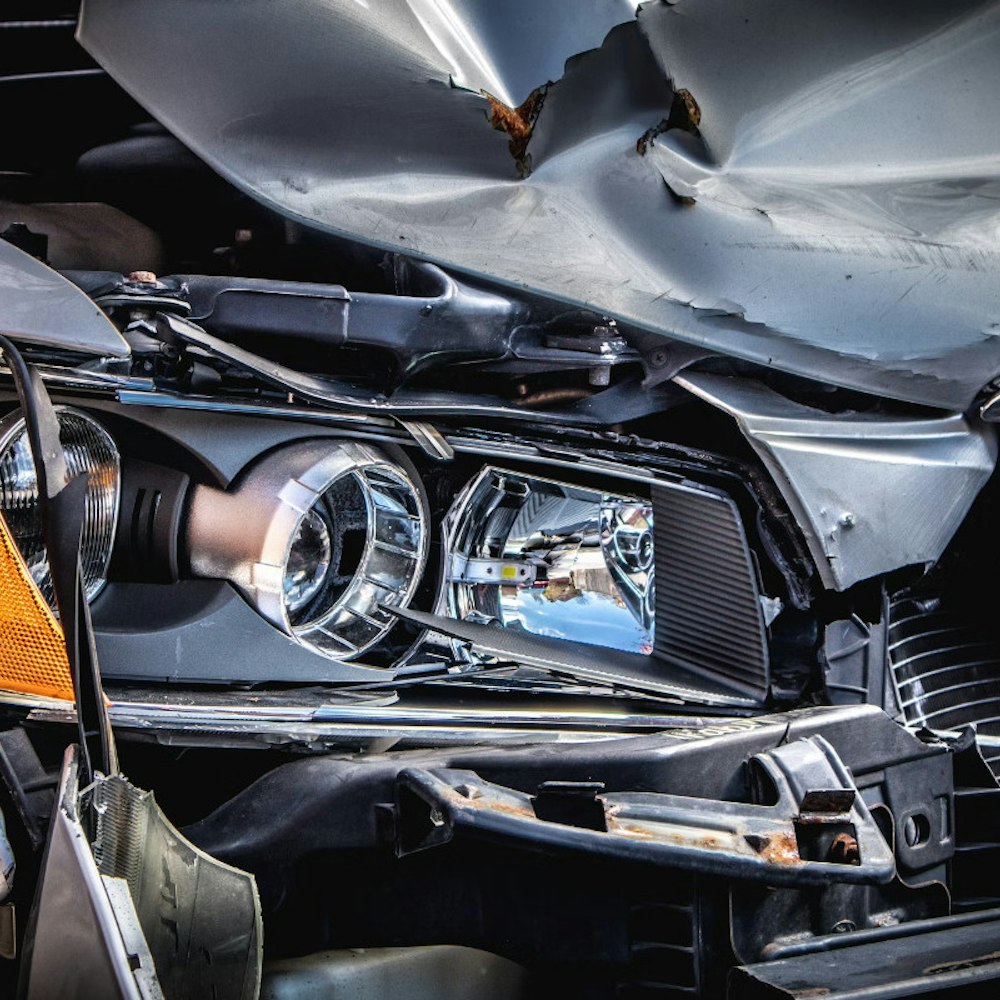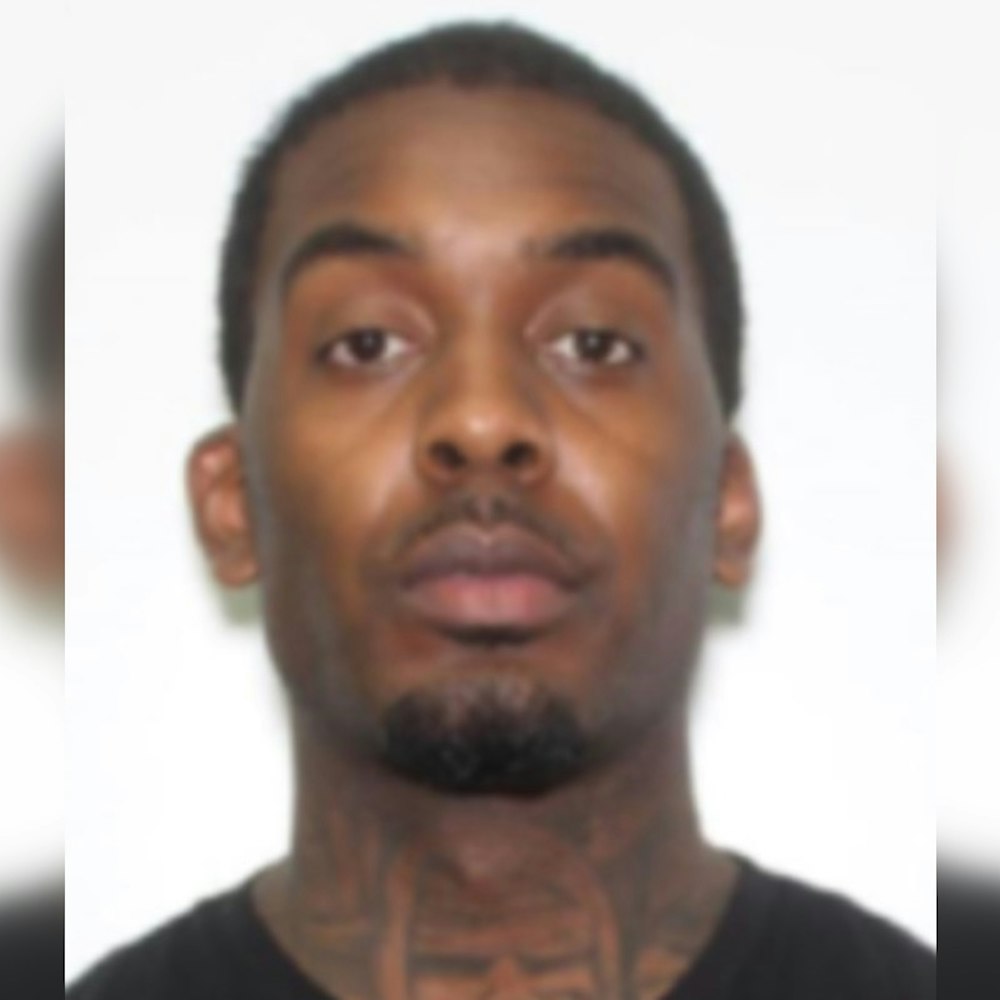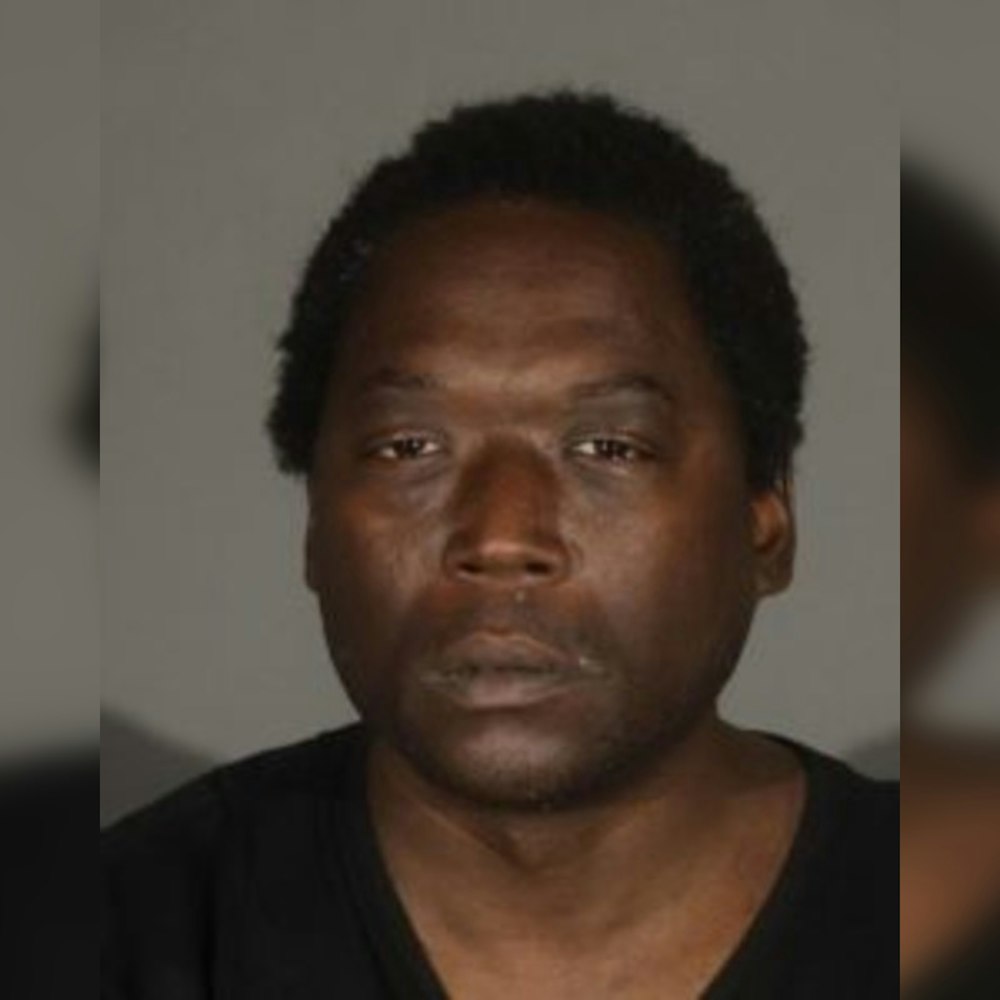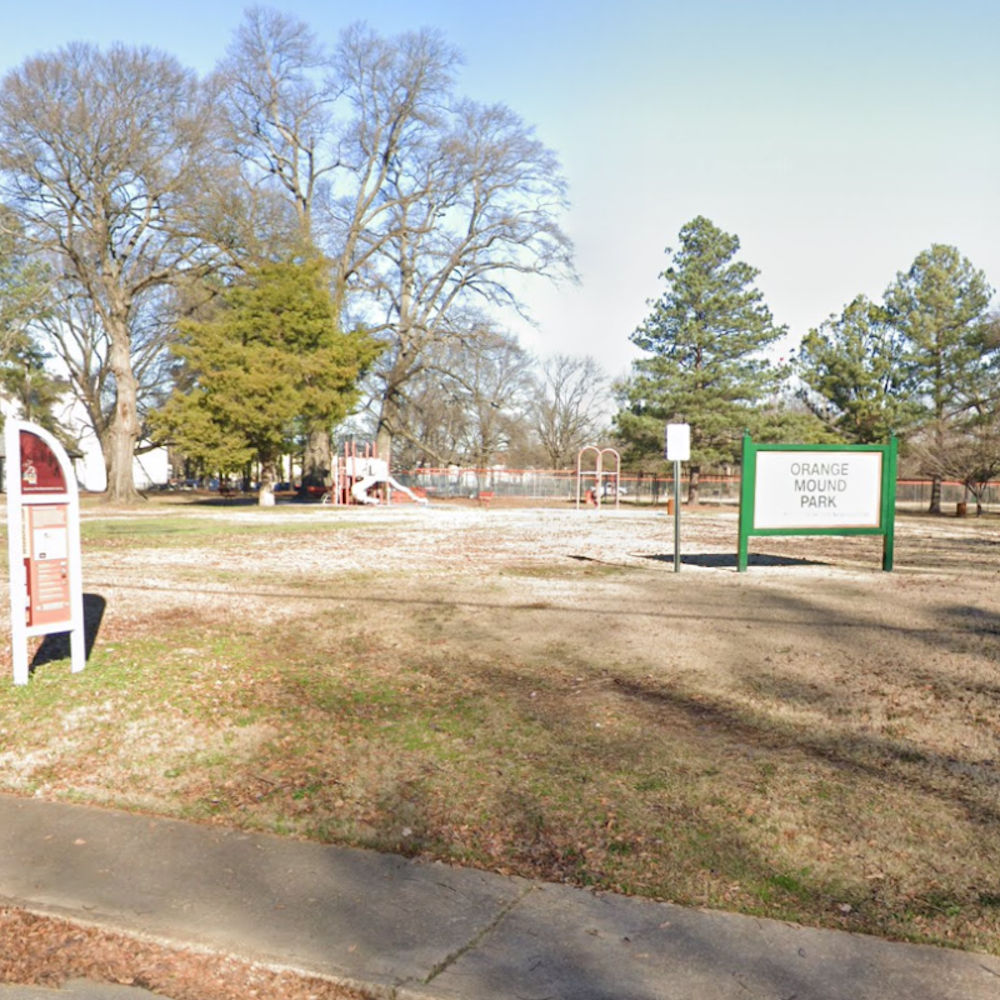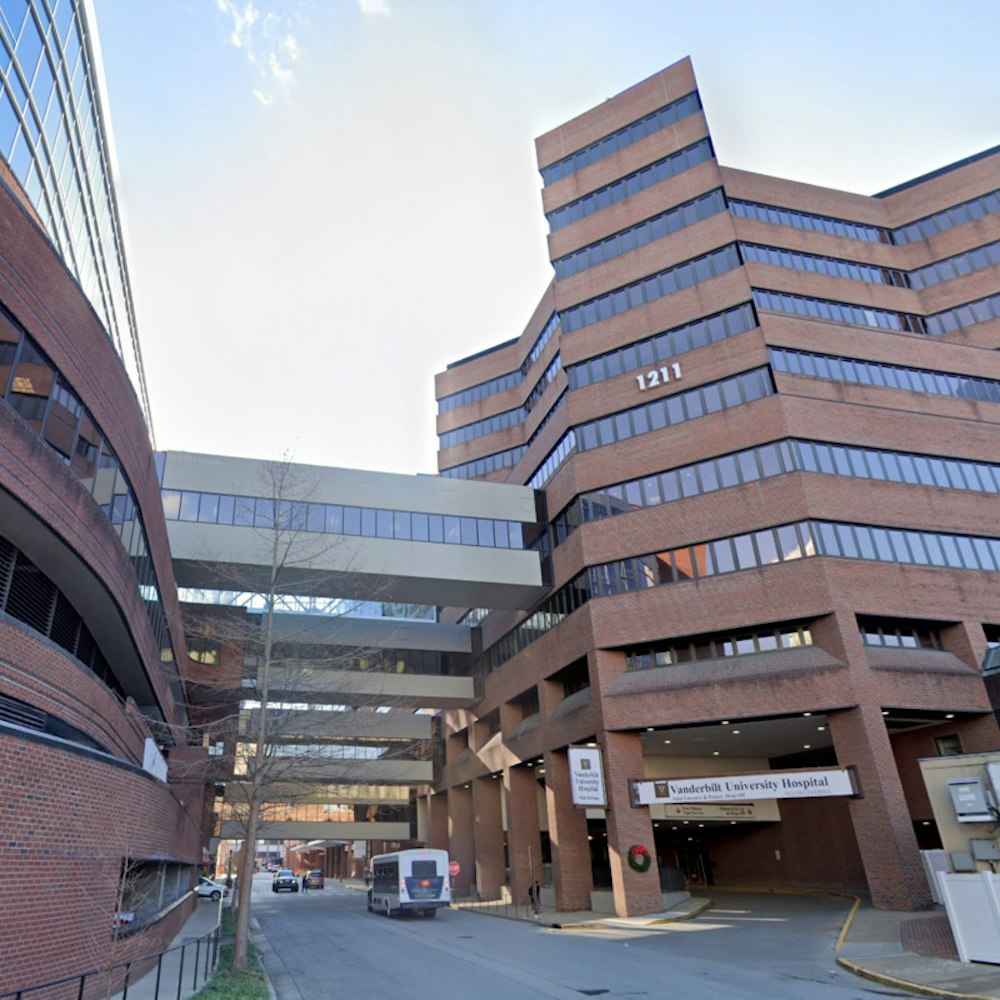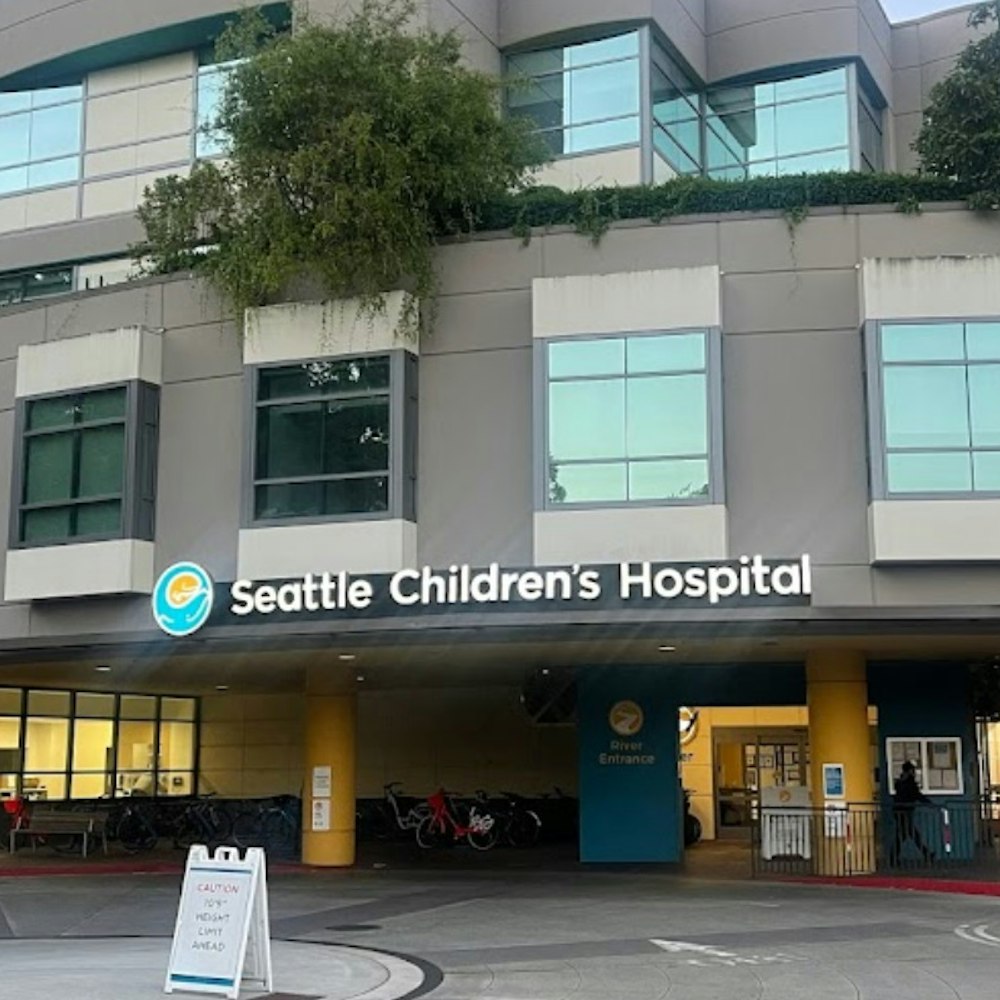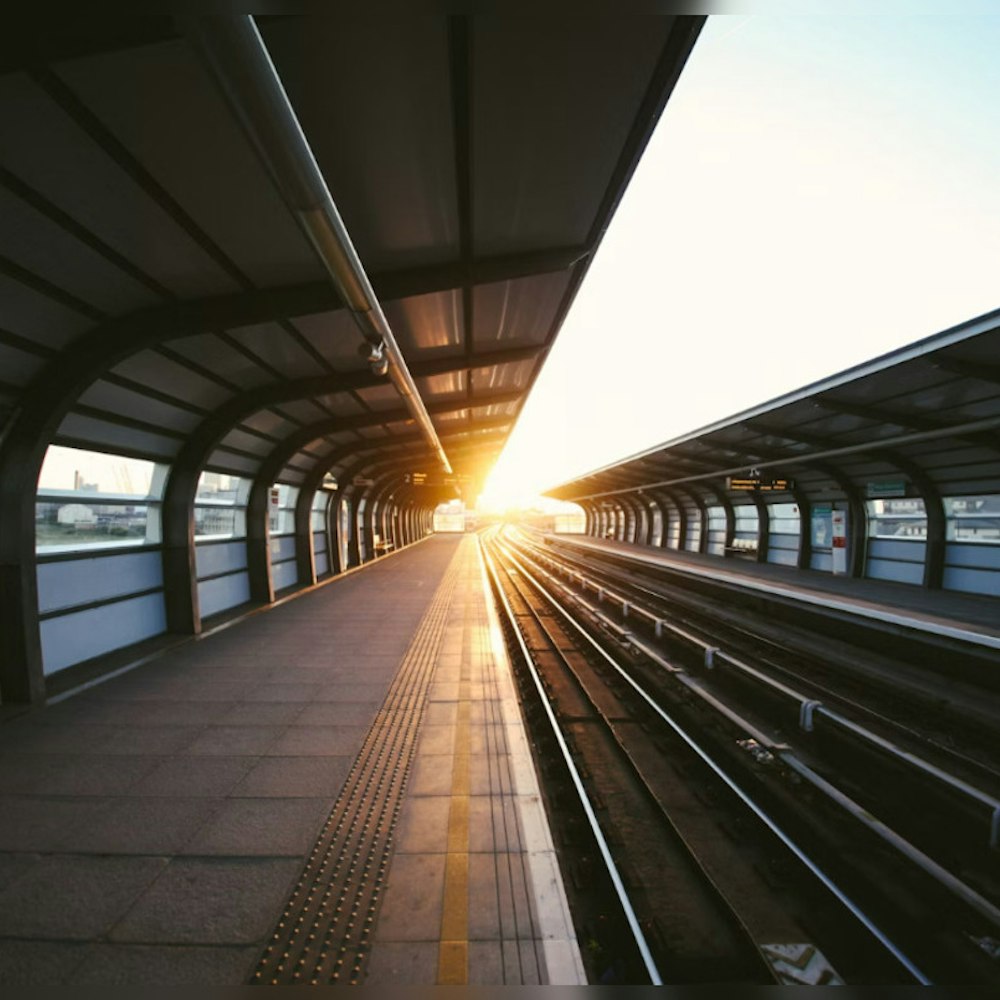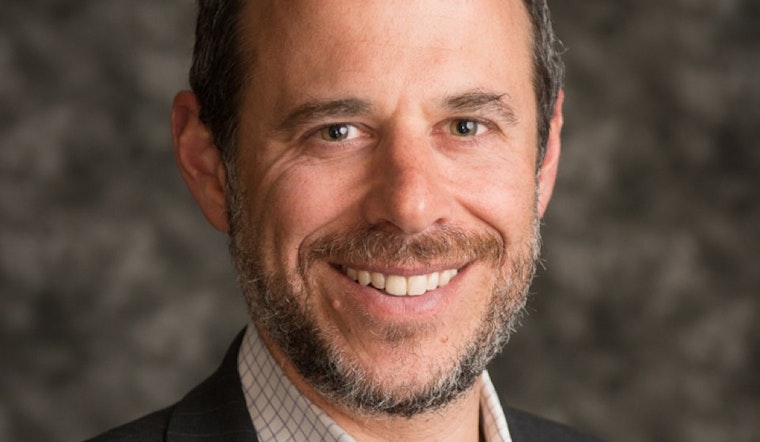
Just a few more days until 2016 is put to bed. But before the year is officially done and dusted, we're conducting email interviews with the directors of a few city agencies to hear about their biggest wins and biggest challenges in 2016, and what's on their staff's agenda for 2017.
Last week we knocked on the virtual door of San Francisco Public Works, and this week we're checking in via email with the San Francisco Municipal Transit Agency.
Despite the city's "Vision Zero" goal to reach zero traffic fatalities a year by 2024, traffic fatalities in 2016 appear to be on track to reach the same level as 2014 and 2015. Is the agency concerned?
Could budget cuts enacted by the incoming Trump administration hinder the city's traffic safety efforts?
Are private citizens installing unofficial bike and pedestrian safety infrastructure helping or hurting the cause?
Read on to hear from SFMTA Transportation Director Ed Reiskin on these questions and more.
Hoodline: What has been the SFMTA’s biggest challenge in 2016?
Reiskin: Safety will continue to be our top priority. In 2014, we launched Vision Zero, the city’s policy to eliminate all traffic fatalities by 2024. Currently, about 30 people die each year traveling on our streets. A mistake on the road should never result in serious injury or death and that is why continue to take a data-driven approach to understand where and why traffic deaths and serious injuries are happening, and what can we do to stop them. All of this while taking on the challenge of street congestion and affordability across the transportation network. We are committed to making the streets safer for all road users, improving transit and other sustainable transportation options and address the issue of traffic congestion.

H: And the department’s biggest victory?
R: I am proud of many things the men and women of this agency have accomplished this year. We delivered the largest Muni service increases in decades (over 330,000 additional hours of Muni service a year), renewed our focus on the transit system’s affordability and inclusivity, reduced the carbon foot print of our vehicles, replaced hundreds of aging buses and finalized preparations for a new fleet of light rail vehicles. Whether you ride transit, walk, take a bike, or a taxi we expanded services this year to support our growing city.
H: This summer, Mayor Ed Lee issued a directive to accelerate traffic safety improvement projects in SoMa and Golden Gate Park, following the deaths of two cyclists in one night. Has the mandate forced the agency to delay or put on hold any specific projects outside of that remit? And will the agency be able to meet the new goal to complete 18 miles of Vision Zero improvement projects this year?
R: The Mayor’s directive did not cause any project delays and per the directive, we are on track to achieving a minimum of 13 miles of Vision Zero projects this year, with of the goal of reaching 18 miles.
For reference, our goal in 2015 was 13 miles of safety improvements. That year, we completed 34.2 miles of safety improvements, installing 1,599 engineering safety treatments across San Francisco.
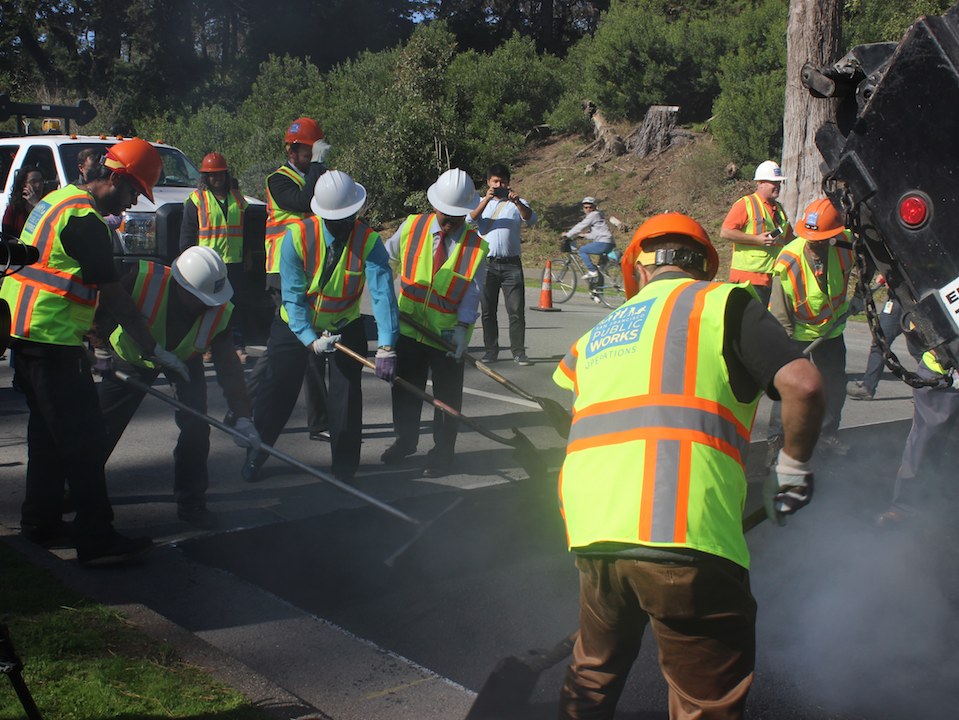
H: Speaking of Vision Zero, it looks like San Francisco is on track to meet or exceed the number of traffic fatalities on city streets in 2015 and 2014. Is that correct? If so, any initial thoughts on why fatalities have not decreased despite the SFMTA and partner agencies meeting Vision Zero project goals?
R: Vision Zero, our city’s goal to get to zero traffic deaths by 2024, is a long-term commitment that will take a sustained effort. While we have made progress, there is still more work to do. Getting to zero traffic deaths will not be easy or quick and will require us all to get serious about traffic safety.
On average, about 30 people are killed and more than 200 are seriously injured each year in San Francisco. Our initial sense is that traffic fatalities in 2016 may be at a pace comparable to 2015 and 2014, but we won’t have the full picture until the official data comes in early-2017. Each of these traffic deaths was tragic and preventable.
What some might not know is that San Francisco’s traffic death rate has been relatively flat despite the enormous growth our city has been seeing. We have more residents, workers, and visitors than ever before. A recent U.S. Census Bureau survey showed that though our economy is booming, the vast majority of commute trips are made without a car. This underscores the idea that investing in infrastructure to improve transit, walking and bicycling works. The choices people make reflected in these statistics remind us why our commitment to making safer streets and creating sustainable transportation options is crucial for everyone in San Francisco.
However, this story is quite different at the national level. Preliminary data from the National Highway Traffic Safety Administration (NHTSA) points to the number of traffic deaths rising in other cities. Road deaths in the U.S. rose 10.4 percent in the first six months of 2016 compared to the same period in 2015. The increase in fatalities comes as drivers are spending more time on the roads. Americans drove a total of 1.58 trillion miles in the first half of 2016 alone – up 3.3 percent from 2015.

H: With many street improvement projects on the horizon and a mandate to eliminate traffic fatalities down to zero a year by 2024, does the agency have any concerns about President-Elect Donald Trump’s initial funding plan for infrastructure improvements nationwide?
R: There is much more unknown than known at this point with regard to what the election will mean for the SFMTA practically speaking.
What we do know is that the President-Elect has spoken strongly in support of investment in cities and investment in infrastructure. What that looks like, how and where it will happen, are not clear, but it was good to hear an acknowledgement of the need for infrastructure investment from both presidential candidates during the campaign – one of the few things they agreed on!
With regard to funding, we do receive a considerable amount of federal funds as part of our capital budget. Much of the funding comes via a framework, including funding formulas, set in the federal transportation bill, which is currently a five-year bill approved by Congress a year ago. That longer-term framework provides some stability to our funding, though all funding is subject to annual appropriations from Congress.
H: This fall, vigilantes have been quite aggressive in their attempts to install bicycle and pedestrian safety infrastructure on city streets. Is this the first time the SFMTA has been faced with safety vigilantes? Would you say that SF Transformation's efforts are at odds with the SFMTA’s?
R: We understand that San Franciscans are passionate about safety. We are too.
In an ideal world, making effective and lasting safety improvements on our streets would be as simple as planting plastic posts along every bike lane. But the transformation of our streets into friendlier places for walking and biking requires a heavier lift and more careful design consideration, outreach, and coordination than may be apparent.
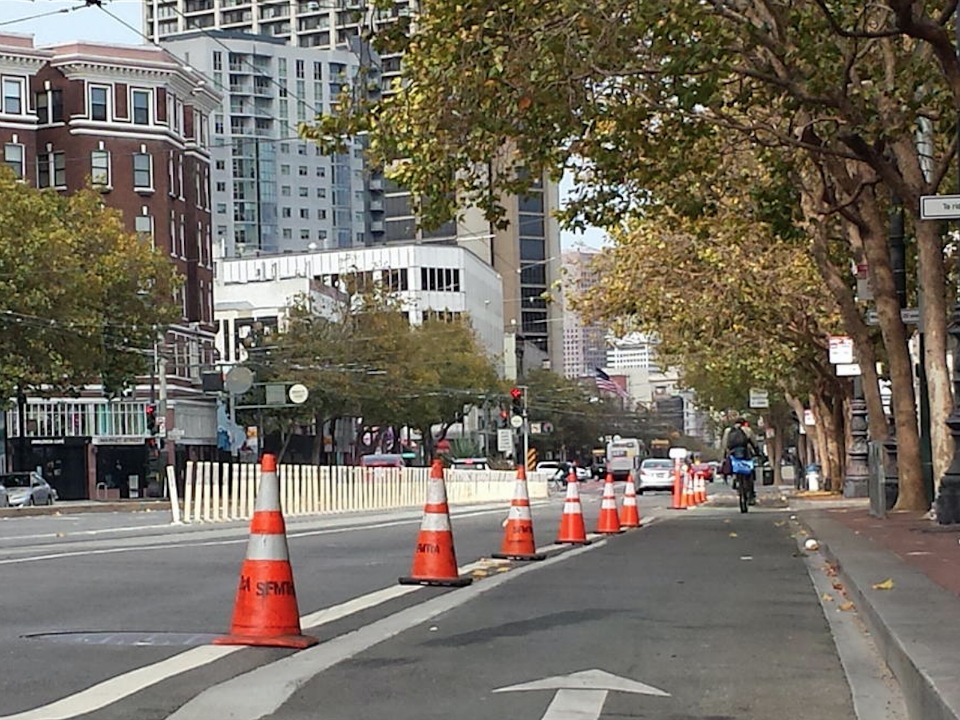
We know that large-scale streetscape projects can take time, and we don’t think safety can wait. For example, while the Second Street Streetscape Project will be starting construction in 2017, we went out in March to increase safety quickly, installing a vehicle lane reduction, bike lanes, painted safety zones, turn restrictions, high visibility crosswalks, and turn pockets. We also made similar near-term safety improvements quickly on Polk Street so that we didn’t have to wait for the larger Polk Streetscape Project to break ground.
We’re implementing quick and effective safety projects on San Francisco’s streets, using crash data to target our investments. In just one year, the SFMTA has made hundreds of intersections safer, acting quickly to install: red visibility curbs at 80 intersections; painted safety zones at 40 intersections; high visibility crosswalks at 200 intersections; pedestrian headstart signals at 60 intersections; advanced yield lines at 35 intersections, and more.
In 2010, San Francisco had zero miles of protected bike lanes and buffered bike lanes in San Francisco. Since then, the SFMTA has installed at least 13 miles of protected bike lanes and 14 miles of buffered bike lanes that separate people biking from traffic with things like parked cars or curbs, or a painted buffer. In total, we’ve grown the city’s bike network to span 434 miles. That’s part of the reason why Bicycling Magazine recently ranked San Francisco as the second most bike-friendly city in the nation.
We know there’s more work to be done though. That’s why we have dedicated engineers and planners who are committed to improving the streets of San Francisco for people walking and biking.
With more street safety improvements being constructed and planned every day, traffic safety advocates play an important role and their voice matters.
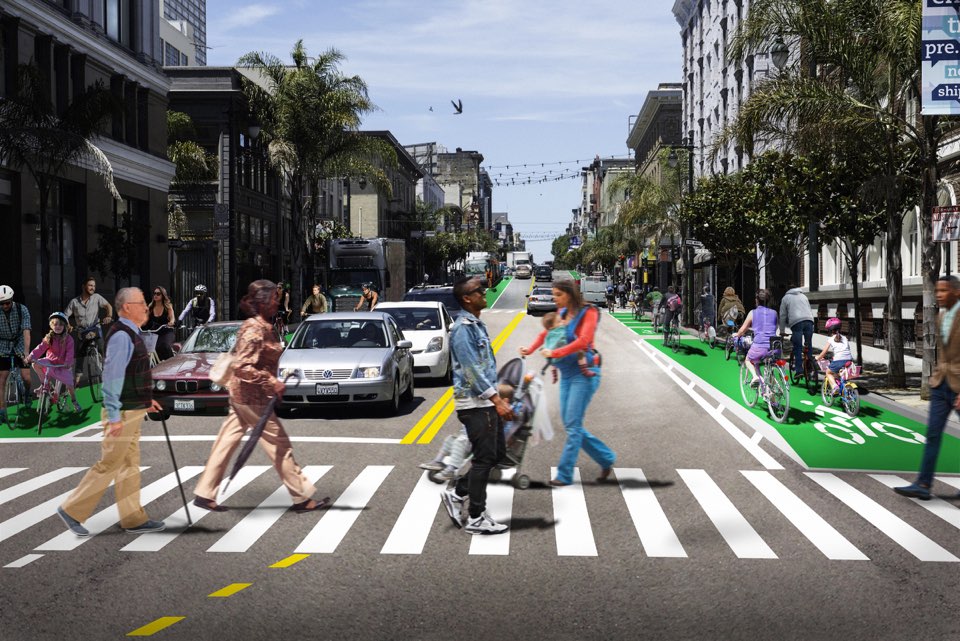
H: Bus Rapid Transit (BRT) has been a long time coming. What has been the biggest roadblock to implementing the speedier system? Do you expect BRT to begin running on Van Ness or Geary first? Or might the Central Subway debut beat both?
This massive civic improvement project is bringing San Francisco its first Bus Rapid Transit system, a much-needed and globally-proven solution to improve transit service and address traffic congestion on Van Ness Avenue, a major north-south arterial. To maximize the benefits of construction impacts, the project also includes extensive utility maintenance, civic improvements and transportation upgrades. Right now, we are on track to launch service in late 2019, as planned. Central Subway begins early 2018 and Geary BRT construction is set to begin in 2019.
A few weeks ago, hackers gained access to the agency’s computer network, compromising data and costing $50,000 in lost fares. Is the SFMTA taking any specific measures to prevent similar cyber attacks in the future?
While we were the victim of ransomware attack, there was essentially no impact to transit service or other mission critical systems, and no sensitive data was compromised. Thanks to the fact that we systematically back up our systems, the impact was minimal. We don’t want to provide a road map for any future attacks by detailing specific next steps, but we are reaching out to staff to further remind them of the impacts of clicking on links and opening emails from unfamiliar sources.
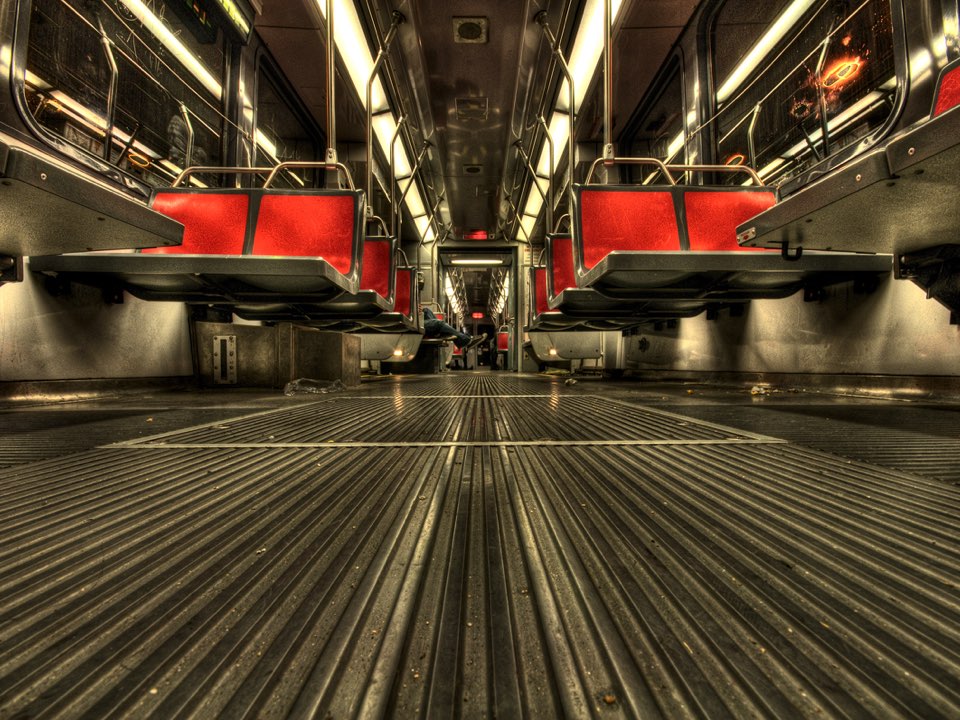
With a new year just around the corner, which new projects are your staff especially excited to kick off in 2017?
We are excited to get Van Ness BRT underway to provide subway-like bus service on such a busy corridor; continuing with construction on Central Subway; new trains begin to arrive in January for testing; major bicycle safety projects on Masonic, Second Street, and Polk Street continue with construction; modernizing Muni escalator and elevators; the new advanced radio system will help improve real-time information and safety; and expanding demand responsive parking program across the city.
What’s your favorite Muni line to ride and why?
Whether it is taking a ride in the subway to get home and back, or a cable car up San Francisco’s majestic hills, an historic streetcar on the new E line, or any bus that travels through multiple neighborhoods, I like them all, because each are their own unique San Francisco experience.

What is your favorite aspect of your work at the SFMTA?
Transportation really impacts your quality of life here. What I love is the ability to be working on something and trying to make improvements that really matter to people so that you can really see tangible changes, both good and bad, as a result of your work.

